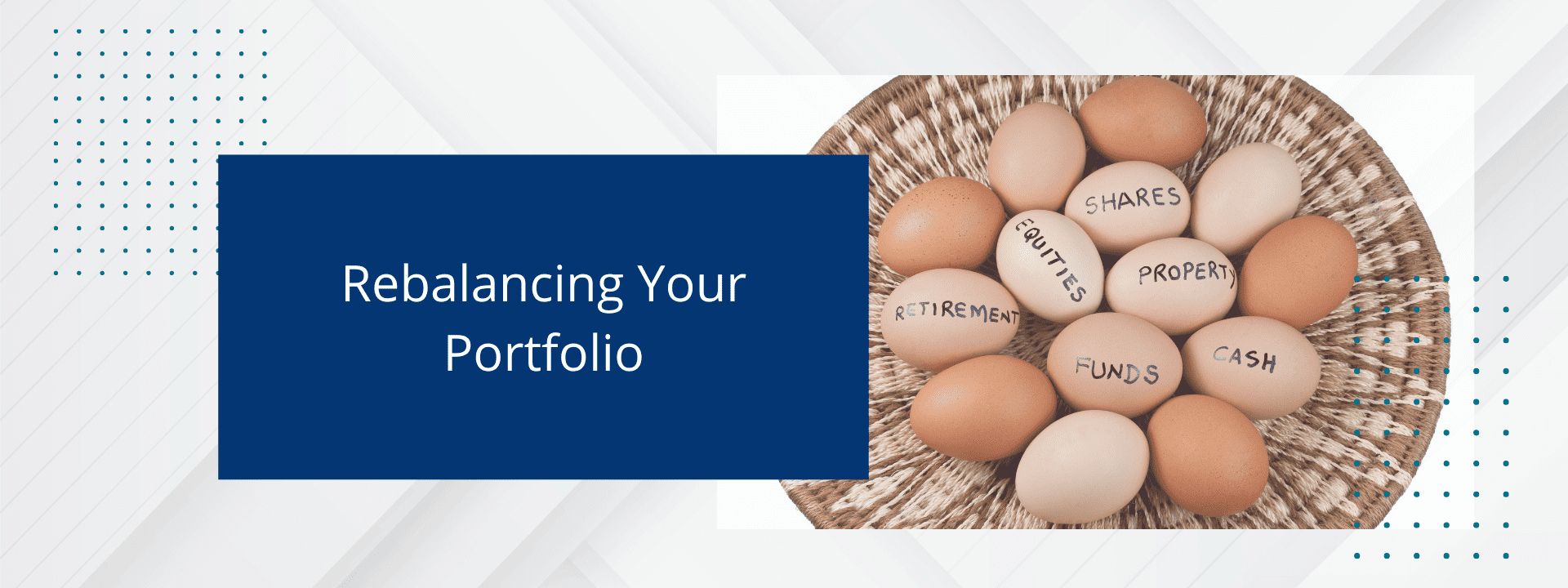Excerpts from the Book – Preserving Wealth – written by Jack Lumsden, MBA, CFP®
Today we are going to be reviewing portfolio rebalancing, and how it can be used to your advantage. Sometimes it is hard to know when to make adjustments and when to leave your portfolio alone. By creating a systematic plan, you are able to take advantage of global market fluctuations.
The following excerpt reviews a Systematic Plan for Rebalancing Your Portfolio.
“Exactly,” Uncle Wayne agreed. “But people will bail out of their investments when they see a decline in value, and then they’ll buy when prices start going back up. They’re doing exactly the opposite of what they should. It’s obvious that these people don’t have a long-term plan or a wise old uncle!”
“How do we buy low and sell high?” I asked. “Isn’t that what the experts call market-timing?”
“I’ve got an answer for you that will be easier in the long run. We’ve already reviewed the various asset allocations based on risk level and goals. Of course, the balance between the equity and income assets you’ve chosen will shift over time, because the assets grow at a different rate.
“Keeping in mind the allocation of the portfolio assets between cash, bonds, and stocks, can determine up to 85% of the difference in returns on your investments, so you’ll want to make adjustments in your portfolio now and then to keep your ideal balance intact.
That’s what we call rebalancing your portfolio, and you should do it once a year, or whenever your portfolio shifts out of balance by more than 5% to 10%. This will help you to buy low and sell high.”
“I understand the rebalancing concept,” Mark said, “but I don’t see how it helps us buy low and sell high.”
“Ok, I’ll give you an example. Let’s say you’ve got $100,000 to invest at the beginning of the year, and your ideal asset allocation is 50/50 between equity/growth and income investments. When the end of the year rolls around, the equity portion might have grown by 10%, so it’s worth $55,000. The fixed income may have grown by a different rate, let’s say 3%, so their value would be $51,500. Your total portfolio would now be worth $106,500, but the asset allocation would no longer be 50/50, so you’re out of balance. To rebalance your portfolio, you’d have to sell off the appropriate amount of growth investments and use the money to purchase income investments. In this case, you want $53,250 invested in each category, so you’d subtract that amount from the value of the equity funds to tell you how much capital you need to move to guaranteed investments in order to rebalance your portfolio. By the way, the answer is $1,750. By doing this, you would have sold some growth investments at a high dollar value; in other words, you have ‘bought low, and sold high,’ and you’ve protected some of your profits.”
“So,” I reasoned, “if stocks were going through a temporary lull, and the income portion had increased in value more than the equity portion, then we’d have to rebalance by buying equity investments with a portion of the proceeds with the fixed-income investments.”
“Of course,” Sandra added. “That makes perfect sense. If you’re going to buy stocks, buy low, when they haven’t gone through a spurt in growth.”
Uncle Wayne looked at us with pride. “I’m glad you get it. By rebalancing your portfolio yearly, or whenever it’s out of balance, by 5% to 10%, you automatically buy low and sell high. People who did this in 2008 really benefited during the upturn starting in 2009.”
For more information, you can refer to Preserving Wealth: The Next Generation – The definitive guide to protecting, investing and transferring wealth by Jack Lumsden, MBA, CFP®
For your FREE Copy CLICK HERE
What To Do Next
Are You on Track with Your Retirement Strategy? FIND OUT TODAY!
For more information, refer to Preserving Wealth: The Next Generation – The definitive guide to protecting, investing, and transferring Wealth by Jack Lumsden, MBA, CFP® or schedule a call with Jack at 905-332-5503
Jack Lumsden is a Financial Advisor with Assante Financial Management Ltd. The opinions expressed are those of the author and not necessarily those of Assante Financial Management Ltd. Please contact him at 905.332.5503 or visit www.jacklumsden.com to discuss your circumstances before acting on the information above.




